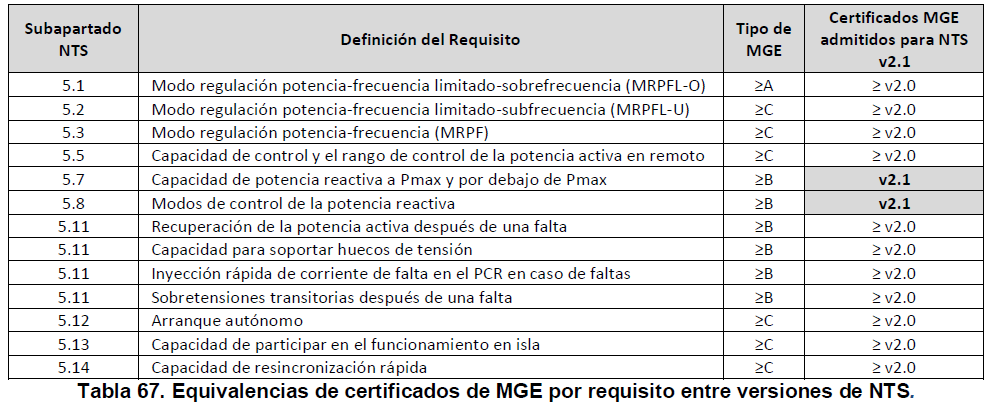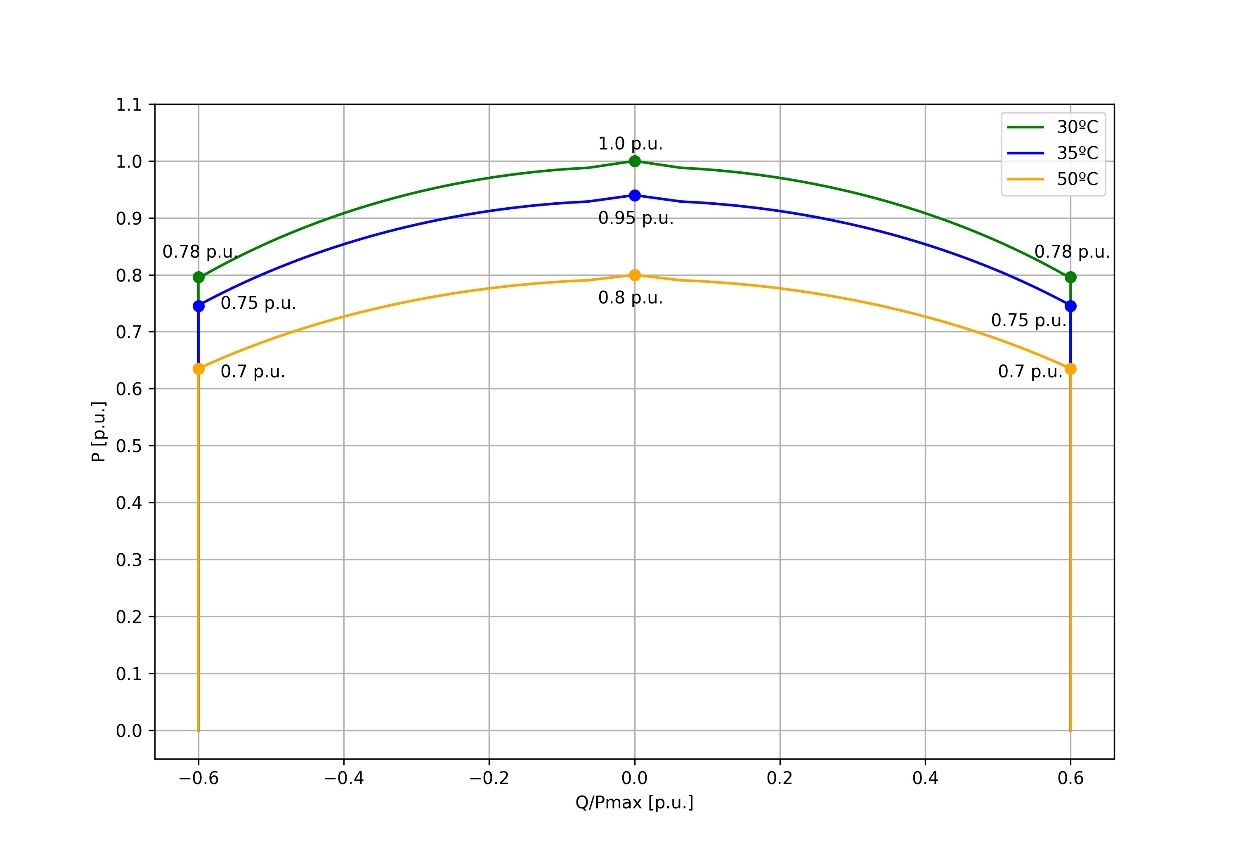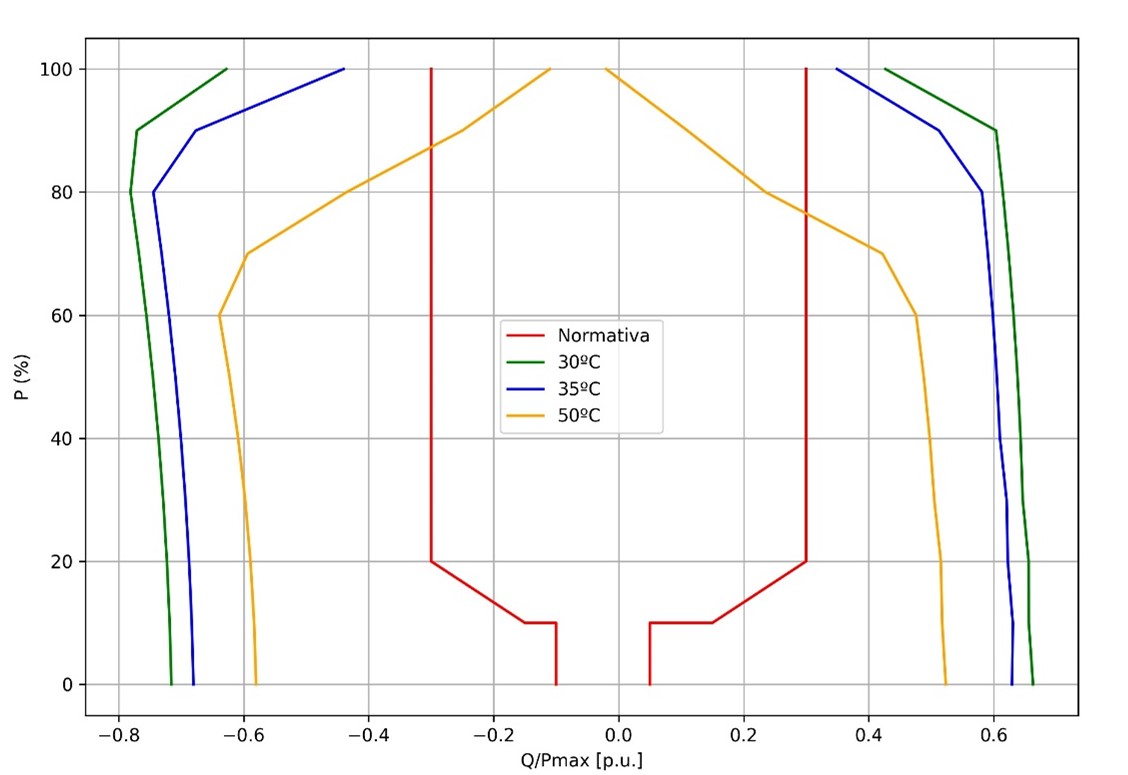As you may know, the certification procedure for renewable plants in Spain is mandatory for connecting generation plants to the grid and it is in constant evolution.
In this article we explain the most important changes that have been made in the new technical standard (NTS) and how they can affect the grid connection of renewable plants.
In addition, we share with you our video of the webinar broadcast in September 2021.
In Spain, the NTS, whose full name is “Technical Standard for Monitoring the Conformity of Power Generation Modules according to EU Regulation 2016/631”, applies to any power generating module (PGM) connected to the grid.
The first official version of the standard (version 2.0) was published in November 2020 and as a result of it, and the start of certification procedures for multiple PGUs (Power Generating Units) and PPM (Power Park Modules), Red Eléctrica Española (REE, national Grid´s Transmission Operator ) as the entity responsible for the document collected a series of errata corrections , consultations and proposed clarifications; as well as modifications and remarks of the standard.
Therefore, and after the appropriate meetings of the relevant working groups (TSO, DSO, Energy Ministry, and other stakeholders), the new document has been published (Version 2.1. of July 2021) which includes the modifications requested by the users of the NTS, corrections raised in the working group and adjustments to the simulation procedures. .
When does this version of the standard come into force?
Version 2.1 of this Technical Standard comes into force on the same date of its publication and will cease to be in force after a transitional period of 12 months.
Will the versions coexist?
Yes, during the period of one year both versions will coexist until July 9, 2022.
This implies that the PGM certificates of certain requirements, issued according to version 2.0 of the Technical Standard, will be accepted for obtaining the final PGM certificate according to version 2.1. in accordance with section 7.1.4.2:

The table above indicates which requirements of the standard can be certified under version 2.0 or if the new version 2.1 is enforced.
As a summary, it is possible to obtain a certificate of a PGM (Power Generation Module) nder version 2.1. by presenting the certificates of version 2.0. EXCEPT for requirements 5.7. and 5.8.
Why must items 5.7. and 5.8. be certified under 2.1. in order to obtain a PGM certificate according to 2.1?
The reason that justifies this difference against the other requirements is that these two articles have undergone the greatest modification in this latest revision of the NTS, so we are going to explain it in more detail below.
As we already know, according to Title IV of the Regulation, the conformity assessment of each requirement may be carried out by means of: conformity tests, conformity simulations and equipment certificates. Therefore, within this section 4.1. General Aspects of the Conformity Assessment Procedure, the considerations for the realizations of the Complementary Simulations are modified, such that:
The complementary simulations shall consider the active and reactive power capacities of the inverter when the ambient temperature is the maximum design temperature of the MGE, which shall be defined by the MGE owner, in such a way that it shall be verified that the inverter powers do not exceed these values.
In other words, if the design temperature of the PGM is 40ºC in the PV plant, the complementary simulations must necessarily be carried out for this temperature.
This modification especially affects photovoltaic inverters that suffer more markedly a temperature derating both in active power and reactive power (for either absorbing or injecting Q capacity), as shown in the example below:

2. Example of P-Q/Pmax curve with temperature deratings.
In addition, all the elements of the complete PGM installation (HV line cables; transformers and underground MV cables) must be operating in the simulations at that design temperature, therefore, the electrical losses of the installation will increase accordingly.
As an example of the temperature influence on the P-Q result of a complete PGM, below is the curve obtained from a photovoltaic park with the PGU (Power Generating Units) presented in the previous chart.

3. PQ curve according to art. 5.7. of the NTS for different temperatures.
As we can see, the fact of applying one operating temperature or another may imply non-compliance with article 5.7. of the NTS.
If you need support in the interpretation of Spanish NTS requirements, complementary simulations on your wind or photovoltaic farm, or support to certify your installation, do not hesitate to contact us!
If you want to learn more about this topic, don't miss our next publication on "NTS mandatory studies", where we will explain each of them in more detail. Subscribe to our newsletter and stay informed!





